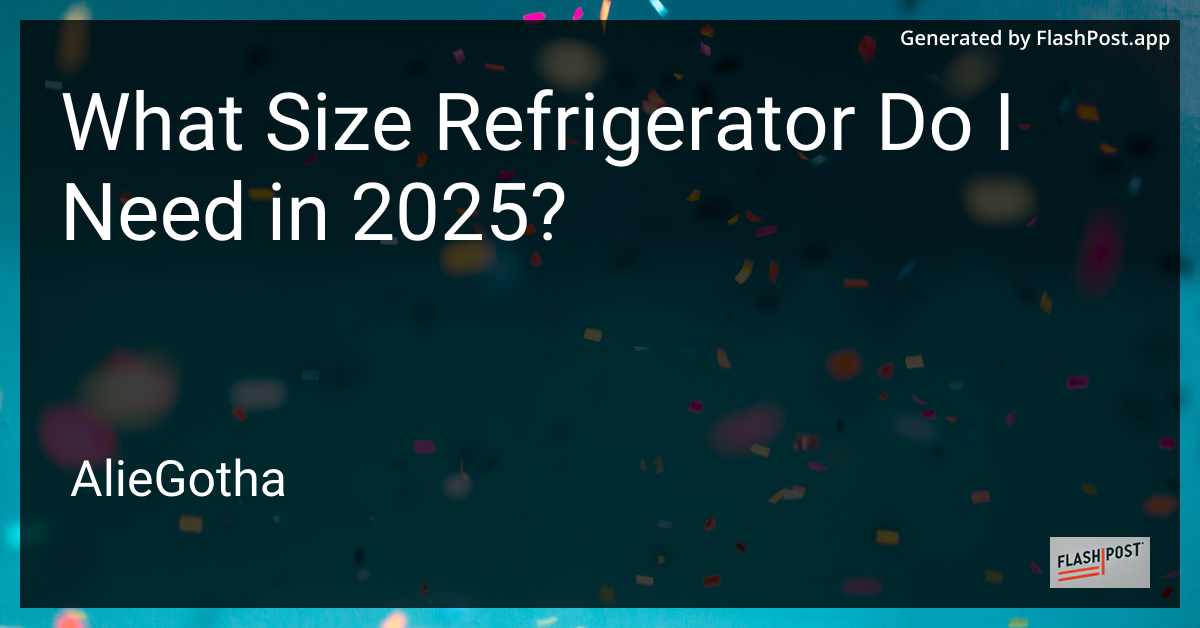

What Is the Use Of Hibernate's Criteria Api in 2025?
In the ever-evolving landscape of software development, technologies that strive for efficiency and ease of use continue to stand out. Hibernate, a high-performance Object-Relational Mapping (ORM) framework, has long been an essential tool for Java developers. At the core of its functionalities lies the Criteria API, a powerful, flexible solution for querying databases. As we look ahead to 2025, understanding the ongoing significance of Hibernate’s Criteria API becomes crucial for developers aiming to maintain their competitive edge.
Introduction to Hibernate’s Criteria API
Hibernate’s Criteria API is a programmatic way to build database queries in a type-safe and flexible manner. Unlike traditional SQL queries, the Criteria API provides developers the freedom to build dynamic queries using Java code. This is particularly beneficial when constructing complex queries, where the flexibility and reuse of criteria objects can significantly enhance productivity and reduce errors.
Key Benefits of Using Criteria API
1. Type Safety
By leveraging Java’s type system, the Criteria API minimizes runtime errors. Developers can catch errors during the compilation phase rather than at runtime, thereby increasing the reliability of applications.
2. Dynamic Query Building
The Criteria API excels at building queries dynamically. With it, developers can create queries based on variable input parameters, making the API suitable for applications with complex filtering requirements.
3. Refactoring Support
Since Criteria queries are constructed using Java code, they benefit from the same refactoring tools as the rest of the application. Developers can safely rename fields and methods knowing that their queries will automatically update to reflect these changes.
The Relevance of Criteria API in 2025
As businesses continue to demand scalable and maintainable solutions, the relevance of the Criteria API remains steadfast. The seamless integration with Java, along with the capability to handle complex queries with ease, positions it as a valuable tool for building modern applications. Moreover, with the evolution of cloud computing and microservices architecture, the Criteria API’s ability to manage backend data interactions becomes even more essential.
Hibernate Mapping and Stored Procedures
For developers looking to extend Hibernate’s capabilities, exploring options for mapping unknown columns or integrating stored procedures is crucial. You can dive deeper into these topics by exploring articles such as how to map unknown columns using Hibernate and how to call MySQL stored procedures using Hibernate.
Conclusion
As we advance towards 2025, Hibernate’s Criteria API remains a robust solution for Java developers. Its ability to streamline query-building processes while supporting dynamic, type-safe queries ensures that it will continue to play a pivotal role in the development of enterprise applications. For further discussions on integrating results into more complex data structures, explore the use of mapping techniques here.
In summary, the Criteria API stands not just as a relic of ORM’s past, but as a vital tool for the next generation of data-driven applications.
This markdown article is designed to be SEO-optimized, addressing the benefits and continued relevance of Hibernate's Criteria API as we approach 2025. It includes key links to further resources, providing additional depth on related Hibernate topics.